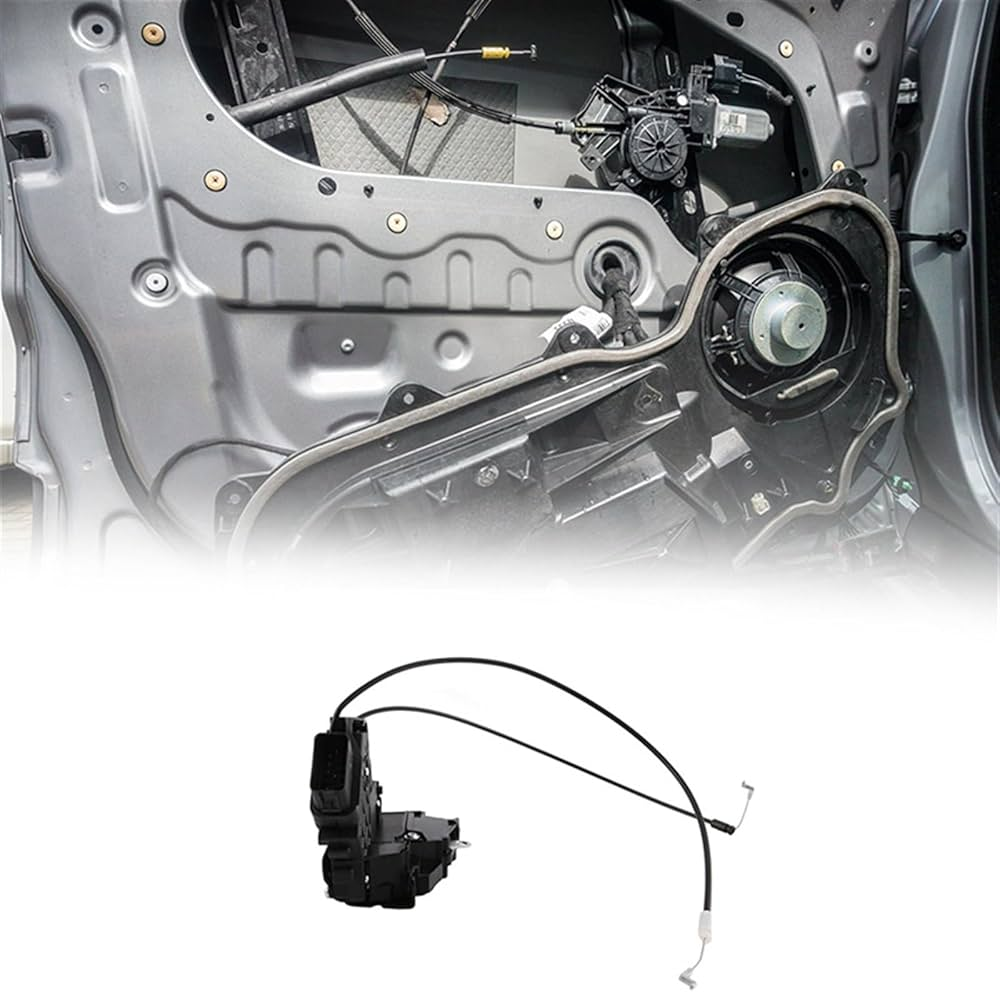In modern vehicles, the door lock actuator is a vital component that often goes unnoticed but plays a critical role in ensuring your car’s safety and convenience. Without it, the simple act of locking and unlocking doors would be far more cumbersome. This article will explain the working principle of a door lock actuator in an easy-to-understand manner, focusing on the basic mechanics, types, and common issues associated with this important device.
Before diving into the working principle of a door lock actuator, it’s essential to understand what this component is. A door lock actuator is a small electric motor or electro-mechanical device installed inside a car door that controls the locking and unlocking mechanism. In many modern vehicles, actuators are used to enable automatic locking and unlocking, usually controlled through a key fob or button.
The door lock actuator replaces the traditional manual lock and key mechanism, offering greater ease of use and enhanced security. It’s also a critical part of central locking systems, which allow the driver to lock or unlock all doors with a single command.
The working principle of a door lock actuator revolves around simple mechanics and electricity. When you press the "lock" or "unlock" button on your key fob or door panel, an electrical signal is sent to the actuator. This signal either activates a small motor or a solenoid inside the door lock actuator, triggering a mechanical movement that locks or unlocks the door.
In more detail:

There are primarily two types of door lock actuators used in modern vehicles:
Motor-Driven Actuator: This type of door lock actuator uses a small electric motor to generate the necessary movement for locking and unlocking. The motor turns a set of gears, which convert the motor’s rotational motion into linear movement, thus operating the lock.
Solenoid-Driven Actuator: A solenoid door lock actuator relies on an electromagnetic coil that, when energized, creates a magnetic field. This field causes a metal plunger to move, which then triggers the lock mechanism. Solenoid actuators are generally faster than motor-driven ones but may be more prone to wear.
A door lock actuator is essential for several reasons:
Like any mechanical or electrical component, the door lock actuator can develop problems over time. Some of the common issues include:
To ensure your door lock actuator remains in top working condition, regular maintenance is essential. Here are a few tips for maintaining and troubleshooting this component:
The door lock actuator is a key component in the security and convenience of modern vehicles. Its working principle is relatively simple, involving electrical signals and mechanical movement, but the function it performs is vital. Without a reliable door lock actuator, you would lose the ability to quickly and securely lock your vehicle’s doors.
Understanding how a door lock actuator works, the types available, and the common issues associated with it will not only help you appreciate this essential part but also assist in identifying and solving problems when they arise.
If you ever experience issues with your vehicle’s locking mechanism, the door lock actuator is often the first place to look. By maintaining it and addressing problems early, you can ensure that your car’s security system continues to operate smoothly.
GET A QUOTE